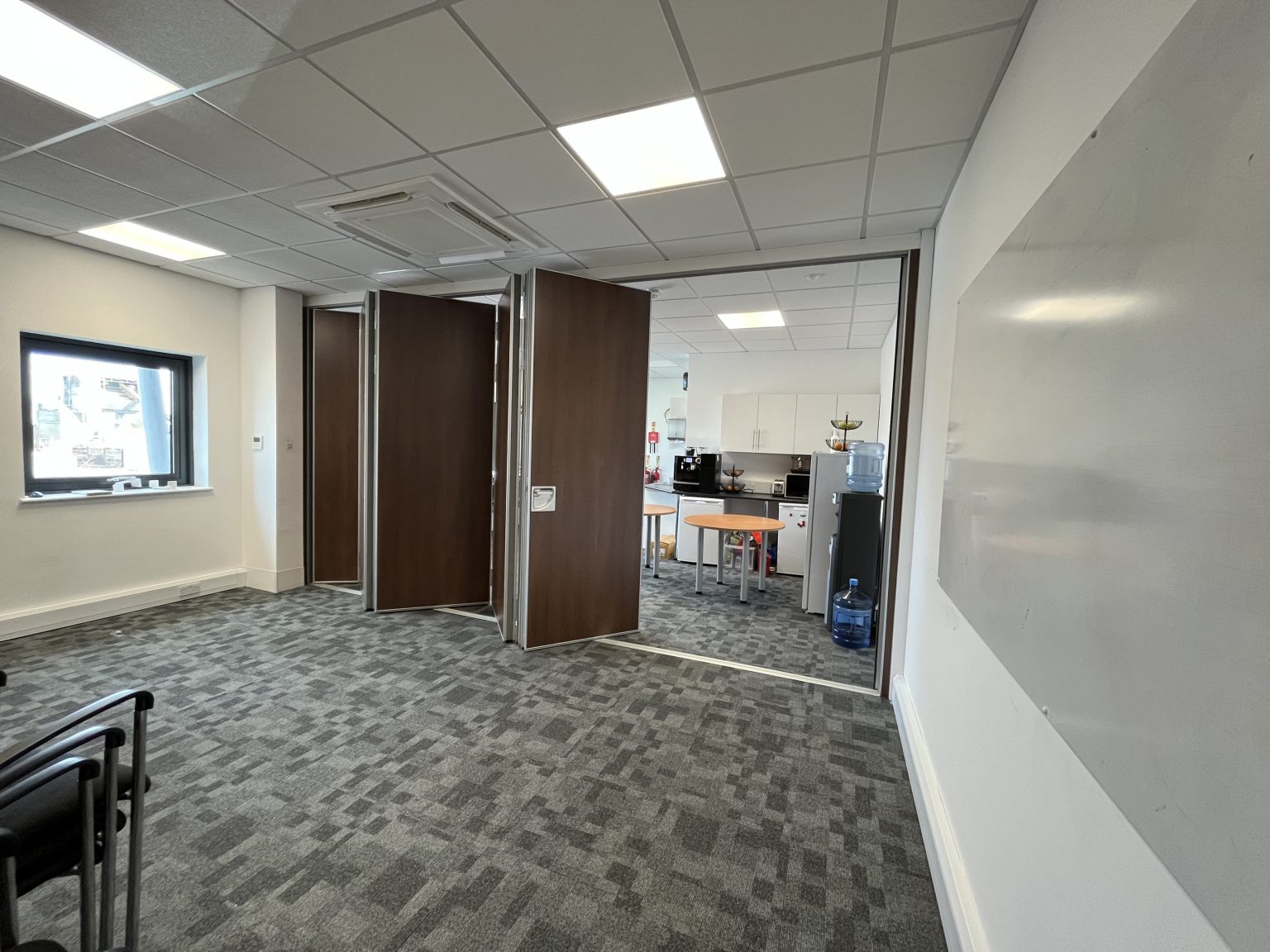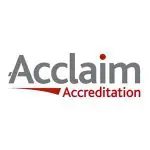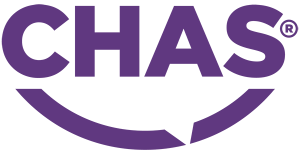In today’s dynamic world, adaptability and flexibility are key considerations when designing spaces for office interiors, educational buildings, community centers, and religious establishments. Modernglide retractable walls have emerged as an innovative solution that offers unparalleled versatility and functionality. In this blog post, we will explore the benefits of incorporating Modernglide retractable walls into interior fitouts, highlighting their ability to provide flexible spaces that cater to evolving needs.
- Creating Dynamic Office Environments: Modern office spaces often require adaptability to accommodate various activities, such as collaborative work sessions, private meetings, and larger group gatherings. Retractable walls allow for seamless transformation of open floor plans, dividing spaces when needed and expanding them when required. This flexibility promotes efficient space utilization and fosters a productive and agile work environment.
- Transforming Educational Facilities: Educational buildings, such as schools and universities, require versatile spaces that can adapt to different teaching methodologies, group activities, and events. Modernglide retractable walls provide the opportunity to create flexible classrooms, allowing educators to divide larger areas into smaller sections or combine adjacent spaces to accommodate larger groups. This adaptability promotes interactive learning experiences and supports the evolving needs of modern education.
- Enhancing Community Centers: Community centers serve as vibrant hubs for various recreational, cultural, and social activities. Modernglide retractable walls offer the capability to create multipurpose spaces within these centers. From hosting fitness classes to organizing community events or art exhibitions, retractable walls enable seamless transitions between different setups, maximizing the use of available space. This versatility enhances the functionality and appeal of community centers, making them more adaptable to diverse community needs.
- Embracing Flexibility in Religious Buildings: Religious buildings often host a wide range of gatherings and events, including worship services, weddings, community gatherings, and educational programs. Retractable walls provide the flexibility to create distinct spaces within the same building, enabling simultaneous activities or accommodating larger congregations. This adaptability enhances the overall experience for worshipers and allows religious institutions to optimize their spaces to serve various purposes.
Benefits of Modernglide Retractable Walls: a) Space Optimization: Retractable walls allow for efficient utilization of available space, eliminating the need for separate rooms or dedicated areas for each activity. This results in cost savings and maximizes the overall usability of the interior fitout.
b) Acoustic Control: Modernglide retractable walls are designed with soundproofing capabilities, ensuring acoustic privacy and reducing noise transfer between divided spaces. This feature is particularly important in educational buildings, where simultaneous activities can take place without disturbing neighboring areas.
c) Easy Operation and Maintenance: Modernglide retractable walls are designed for smooth and effortless operation. They can be easily opened, closed, or reconfigured to adapt to changing requirements. Additionally, they are low-maintenance, requiring minimal upkeep over time.
d) Aesthetically Pleasing: Modernglide retractable walls offer customizable design options, enabling seamless integration with the existing interior fitout. They can be tailored to match the aesthetic preferences of the space, contributing to a cohesive and visually appealing environment.
Incorporating Modernglide retractable walls into interior fitouts for office spaces, educational buildings, community centers, and religious establishments provides numerous benefits. Their ability to create flexible spaces enhances functionality, optimizes space utilization, and accommodates evolving needs. By embracing these innovative solutions, organizations and institutions can adapt to changing requirements and create dynamic environments that foster productivity, creativity, and community engagement.







